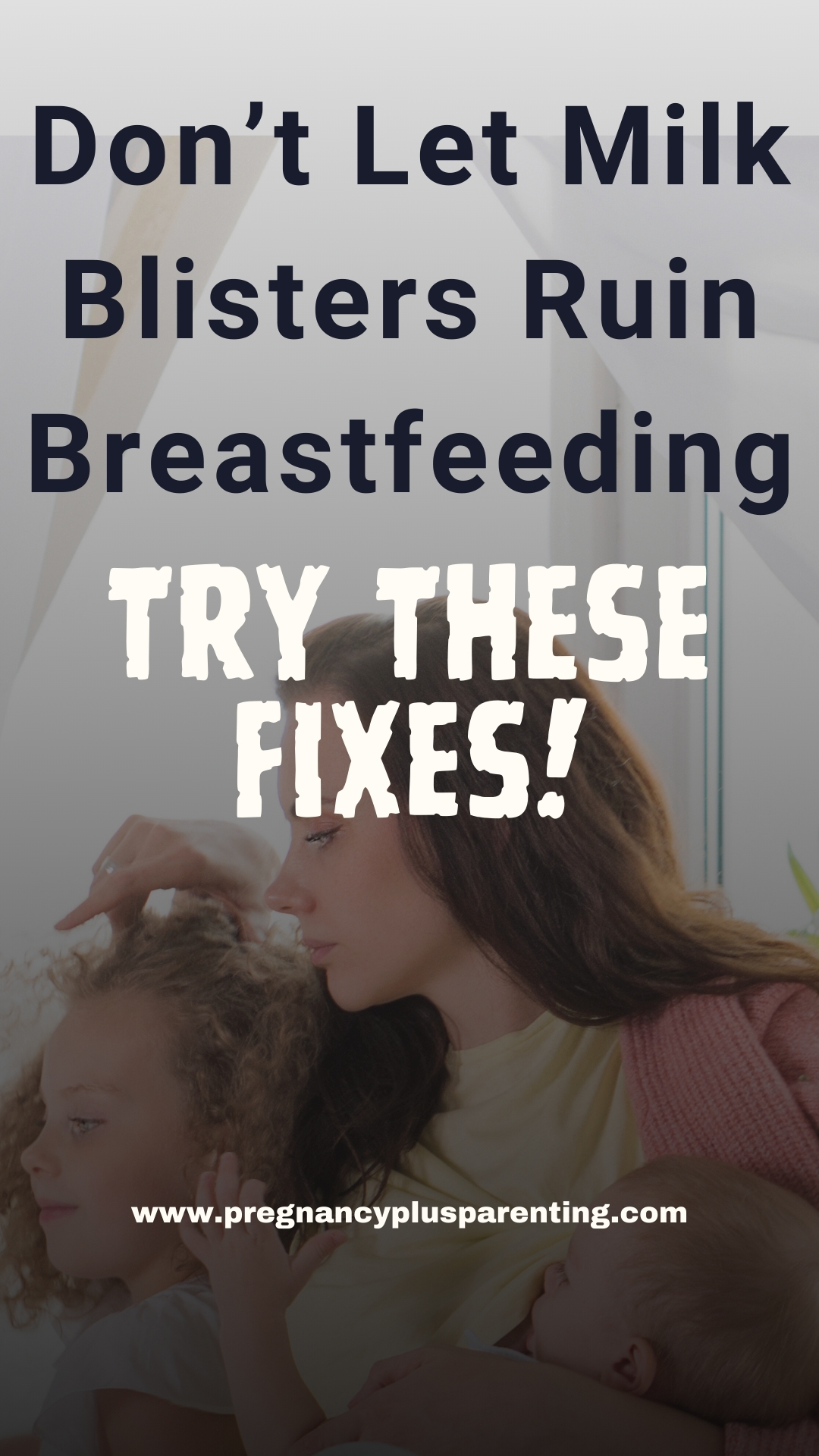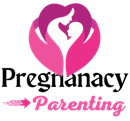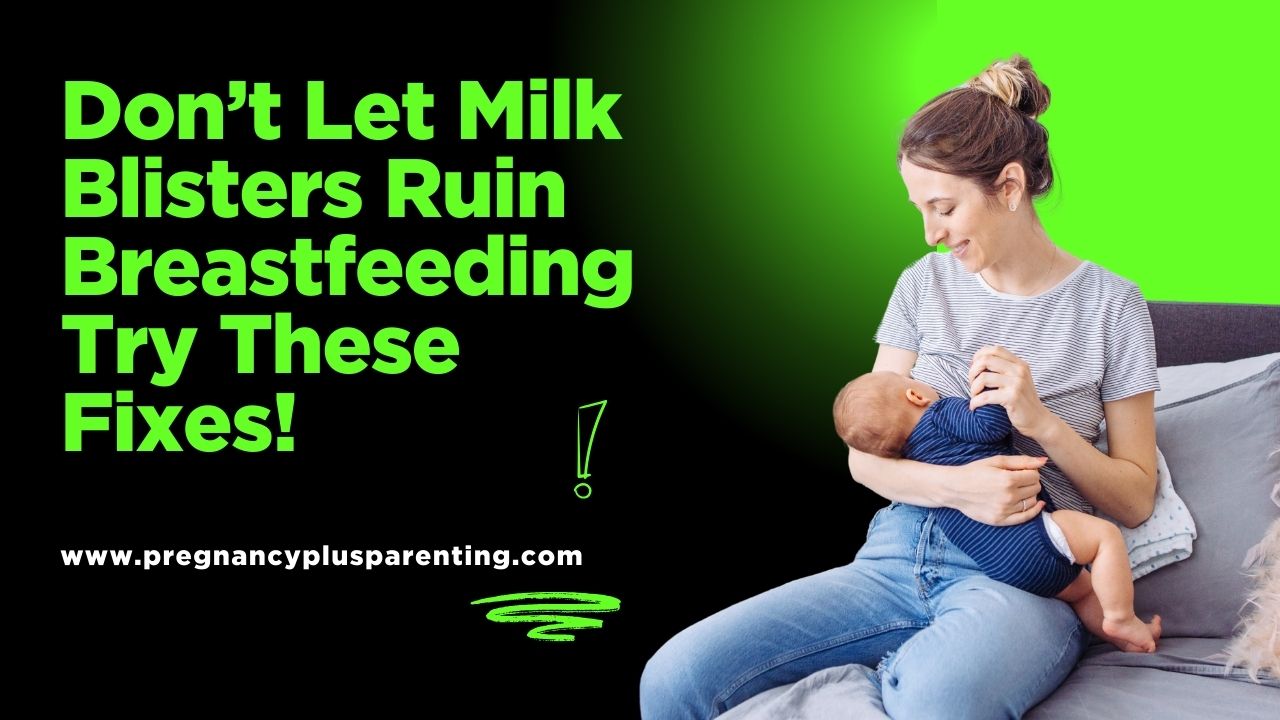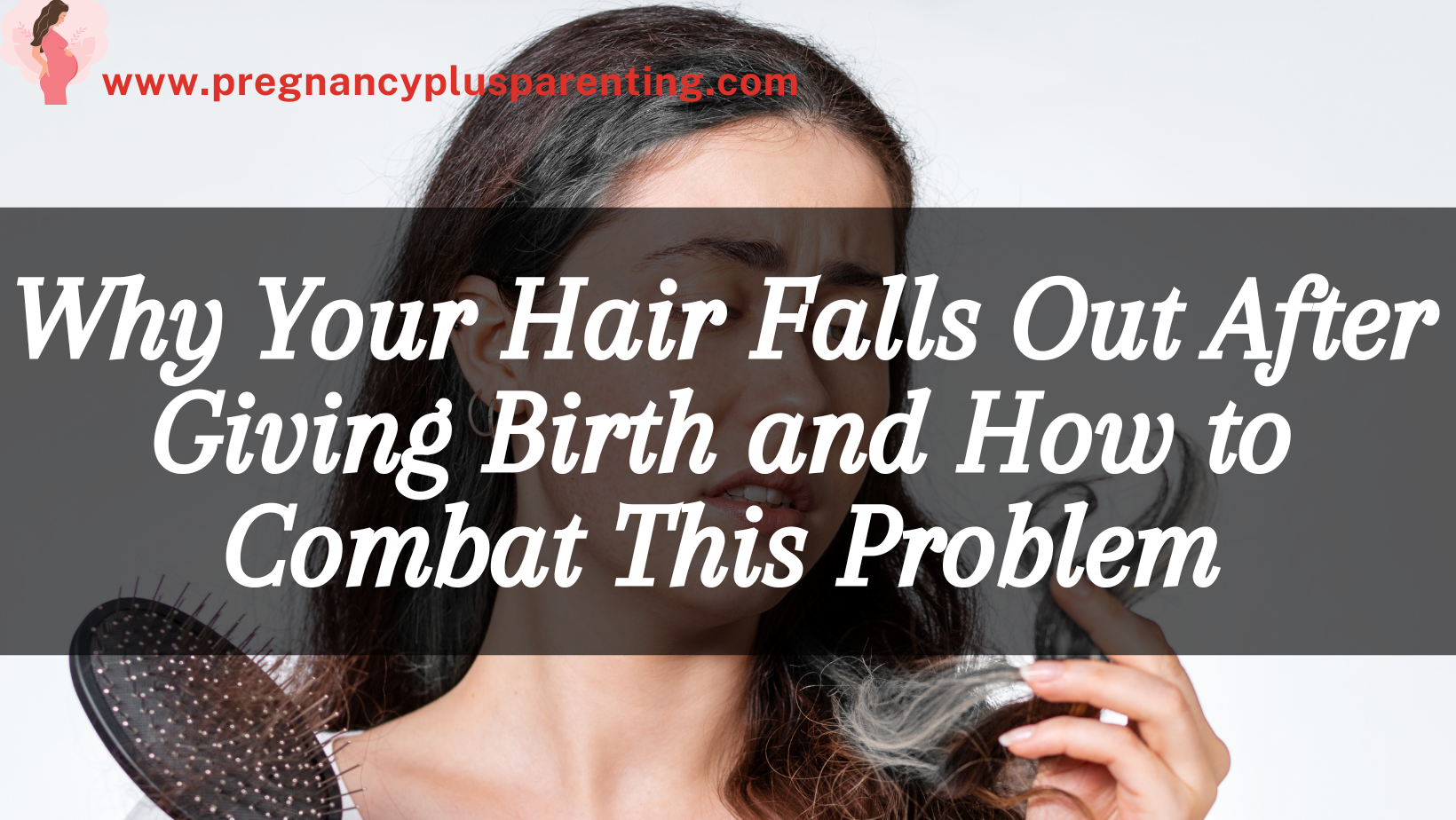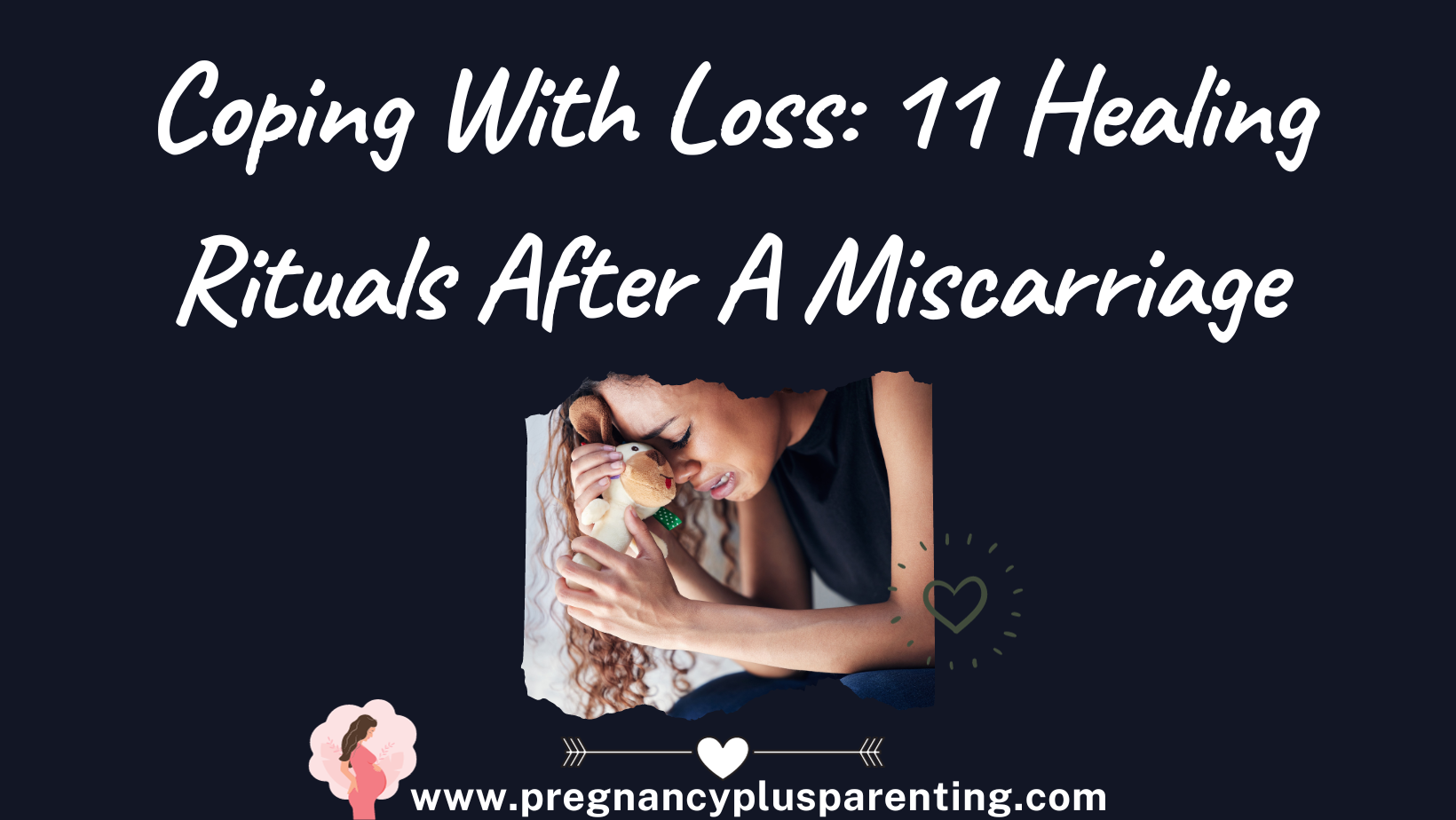Don’t Let Milk Blisters Ruin Breastfeeding – Try These Fixes!
Are you a breastfeeding mother and struggling with milk blisters?
Or do you suspect that your complaints could be such?
How do milk blisters develop and what are their causes? Are they and engorgement actually related?
Can milk blisters harm your breastfeeding relationship with your child ? And what should you do to relieve and treat the symptoms?
In this article you will find the answers.
Milk blisters – what are they?
Milk blisters are white dots on the nipple or mammilla that give the impression that breast milk has collected in blisters under a very thin layer of skin.
Within this layer of skin, the milk blister may be thickened and have a consistency like toothpaste or even spaghetti. There may be granules that can be felt between the fingers.
Milk blisters on the breast – Milk blisters appear as individual, white blisters on the nipple.
When pressure is applied to the milk ducts, the milk vesicle bulges out.
If the milk duct is covered by a thin membrane, milk becomes blocked and the milk duct can no longer empty properly.
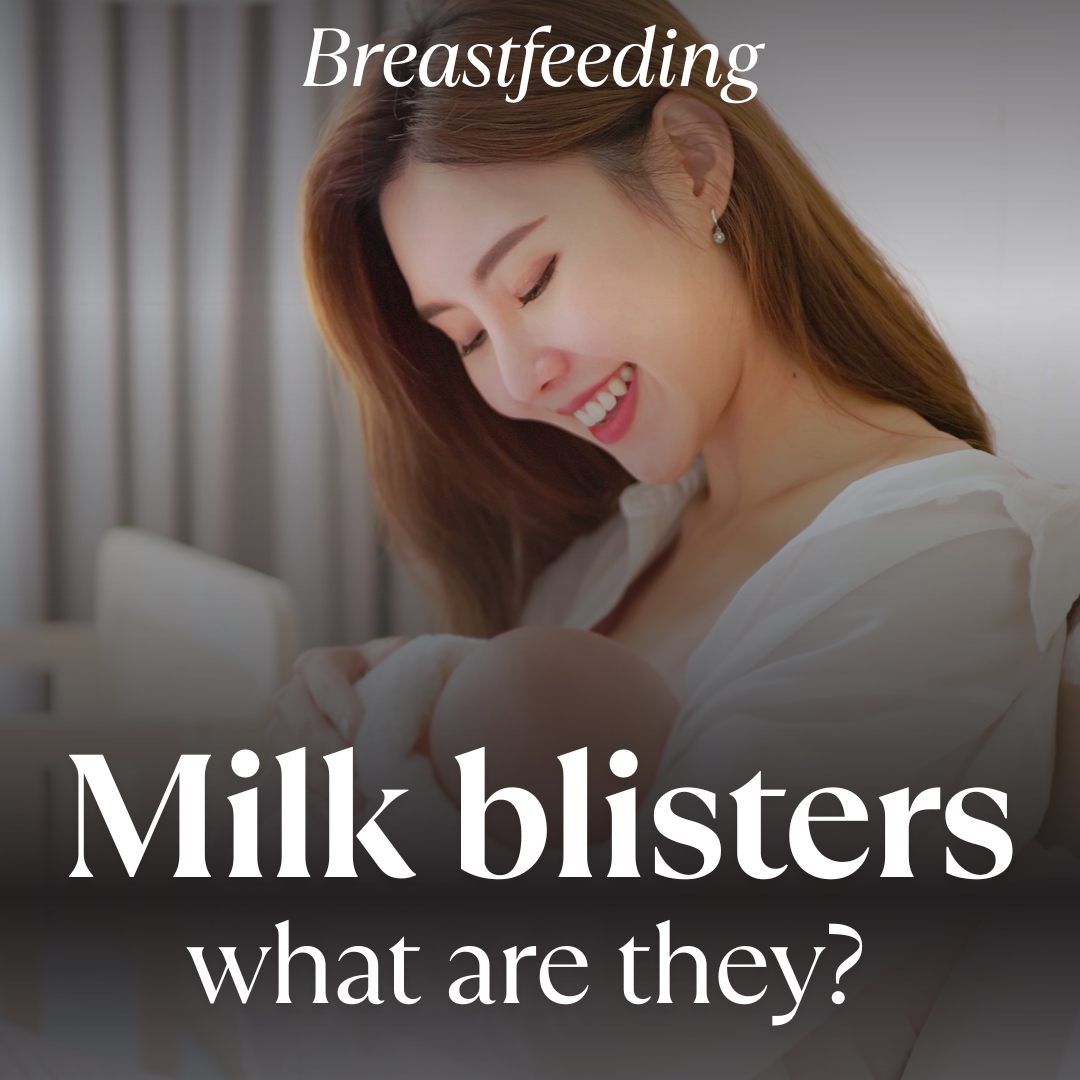
It is assumed that milk blisters are caused by components of the breast milk that block one or more milk ducts, so that the breast milk can no longer flow out properly when the baby is breastfeeding.
This can not only lead to pain and unpleasant feelings of congestion, but also to milk congestion.
And this can in turn lead to breast inflammation (mastitis).
Milk blisters – not all blisters are the same
In order to initiate the correct treatment, milk blisters must be differentiated from other blisters.
- Suction blisters, which can occur at the beginning of breastfeeding , are lighter blisters with a horny layer that stands out and are similar in appearance to a water blister.
It is not at all common for such blisters to appear in the first few days of breastfeeding and they quickly disappear on their own.
It is quite common for several such blisters to appear at once, but this does not necessarily have to be painful.
The cause of the white blister on the nipple may be that the baby creates a very high vacuum when sucking, thereby lifting the outer layer of skin on the nipple.
However, the formation of bubbles can also be a sign that the baby is not taking enough breast tissue into its mouth, which is why it then needs a higher vacuum and the milk ejection reflex cannot be triggered properly.
If you have problems breastfeeding, it is best to contact your midwife or seek breastfeeding advice .
For example, an unfavorable breastfeeding position can lead to breastfeeding problems, which a specialist can recognize and intervene accordingly.
Incorrect positioning of the breast pump and incorrect pumping can also lead to the formation of suction blisters.
2. Blood blisters may also occur, which are reddish to almost black in color.
They are caused by the baby sucking too hard on the nipple tip in an instinctive attempt to trigger the milk ejection reflex.
Blood blisters can also occur if the baby is positioned incorrectly.
3. Yellowish-whitish blisters on the nipple or areola can be the result of blocked sebaceous glands or fatty deposits.
These blisters are usually not accompanied by any discomfort, although they can block a milk duct.
One of the causes of a blocked milk duct can be a yellowish-whitish fat plug.
This is treated by placing an oil pad on the breast for about 20 minutes and then applying moist heat to the nipple for another 20 minutes.
The plug is then carefully massaged out and breastfeeding should then take place in a favorable position in which gravity can have a supportive effect, such as in the quadruped position.
The child’s lower jaw should point towards the affected area.
All this should be repeated several times until the plug is removed.
A whitish-yellow plug can also appear on the nipple if the sebaceous glands are blocked, but this does not actually cause any pain.
4. White spots or white-colored nipples can be a sign of magnesium deficiency.
Likewise, intense cold or the consumption of harmful substances such as nicotine or caffeine can lead to such staining.
5. Herpes blisters may also appear on the chest. They are small, filled with a clear fluid, and highly infectious.
Medical treatment of such blisters is urgently required.
Breastfeeding should not be continued and any suspicion of such blisters should always be discussed with the midwife or gynaecologist.
Milk blisters – What are the reasons behind their formation?
The causes of milk blisters are not exactly known, and breastfeeding experts have several hypotheses and suggestions for dealing with them.
If a milk duct on the nipple is covered by a thin membrane, this is associated with stabbing and severe pain when breastfeeding because the milk flow is obstructed and a milk blockage occurs.
Milk blisters during breastfeeding – Initially, a milk-filled blister, i.e. a white dot, is only visible on the nipple after breastfeeding, and only becomes clearly visible after several breastfeeding sessions.
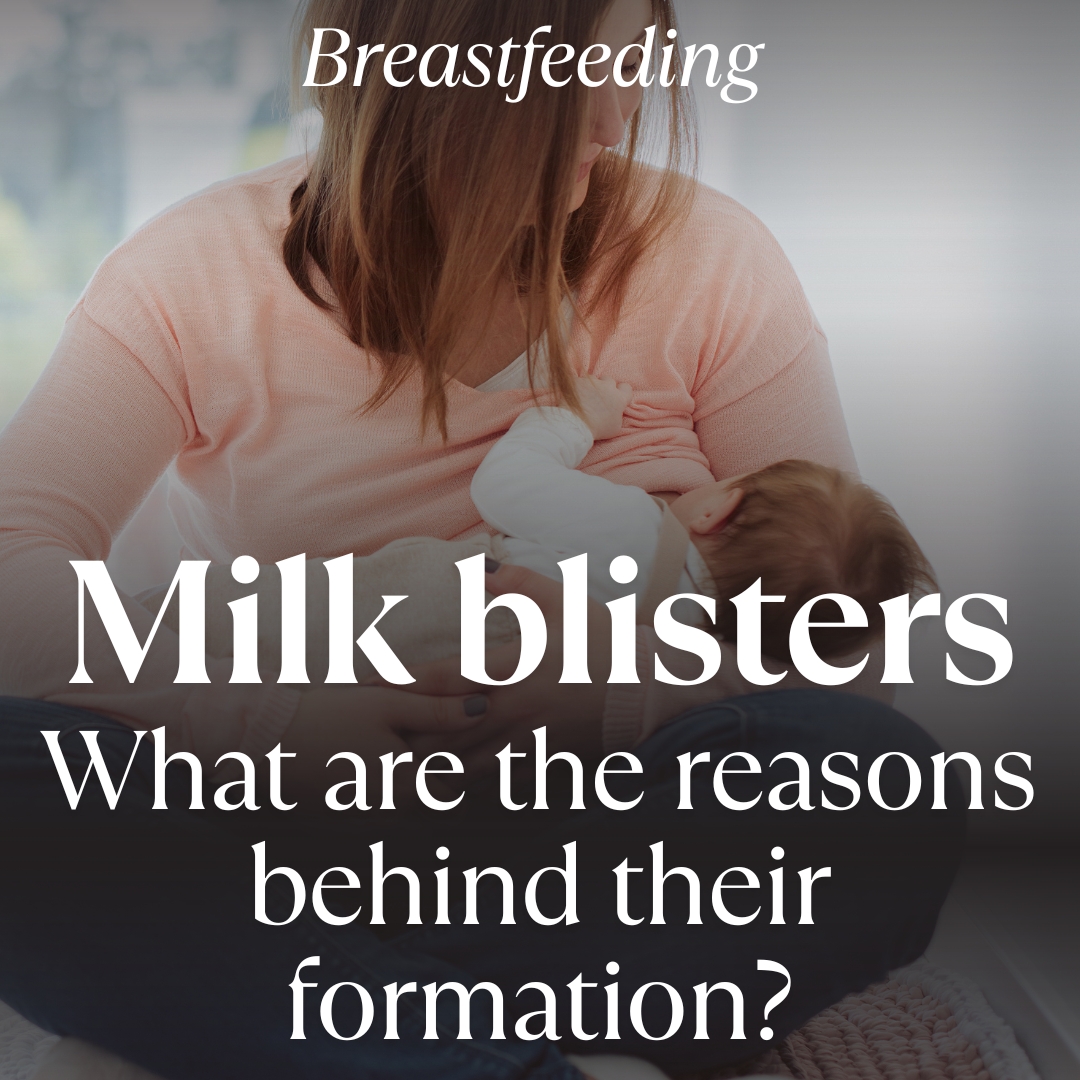
It often happens that the membrane perforates on its own during breastfeeding.
If not, there are several treatment options.
Milk blisters – What can you do about the symptoms?
You can support this by placing a warm, moist compress on the affected area before breastfeeding to soften the skin.
To do this, first gently empty the breast by hand and gently knead and move the nipple.
To soak them, you can take a warm shower or bath, or apply warm, moist compresses. Then gently rub the tip of the nipple until the blister opens.
Opening milk sacs – Otherwise, the membrane can be opened with a needle or cannula, but this should be done by a midwife, lactation consultant, or other professional.
For example, midwives usually use individually and sterilely packaged acupuncture needles to perforate milk vesicles. These needles are much thinner than conventional needles or cannulas, so the prick is not painful.
Thorough hygienic pre- and post-treatment is necessary in any case, which is why we advise against taking matters into your own hands.
But if there is no other option, you can boil a needle or sterilize it with 70% alcohol, wash your hands and breast thoroughly, and place the needle in such a way that it does not press into the nipple, but only lifts the skin at an angle and thus perforates the blister.
Afterwards, you should empty the milk quickly, although several breastfeeding sessions are usually necessary to completely empty a blocked milk duct.
It would be advisable to apply an ointment to the nipple several times for a few days after breastfeeding, but it is best to discuss this with your midwife.
Even if you may prefer to handle the procedure yourself and insert the needle because you feel safer or more comfortable doing so than if a doctor were to do it, it is important to be aware that if the needle is not sterile, germs could enter the areola and cause mastitis.
Women who experience frequent milk blisters can also treat them with liquid lecithin, which has an emulsifying effect. It’s best to discuss this with your gynecologist or midwife.
It may also be helpful not to wear a bra to avoid putting pressure on the milk ducts.
A change in diet can also bring improvement.
You should not eat dairy products, peanuts, sugar, chocolate and animal fats.
An important part of treating white milk blisters is rest, especially if the blisters appear with the symptoms of a blocked milk duct.
You should reduce any stress factors, cancel appointments and meetings, and leave the housework aside.
Dedicate yourself completely to your breast and your baby, because rest and frequent feeding are often the best medicine for most breastfeeding problems.
Final thoughts
Breastfeeding may be the most natural thing in the world, but it actually has to be learned by both the baby and the mother, and it rarely works smoothly from the start.
Many mothers and their children struggle with breastfeeding problems as well as fears and worries, such as whether they have too little milk .
Complications and discomfort can occur, such as sore nipples , mastitis or milk congestion.
Milk blisters can also lead to milk congestion and cause unpleasant, stabbing pain.
In this article, I have explained the difference to other types of blisters and advised you several times to contact your gynaecologist, midwife or lactation consultant if you have any difficulties or suspect blisters, so that neither your body nor the breastfeeding relationship with your child suffers.
Finally, I have also given you some tips on what to do in case of milk blisters.
Again, I advise against perforating the blister yourself with a needle, even though it is generally possible to do so.
Clean is not sterile and if germs penetrate the nipple, you risk mastitis .
